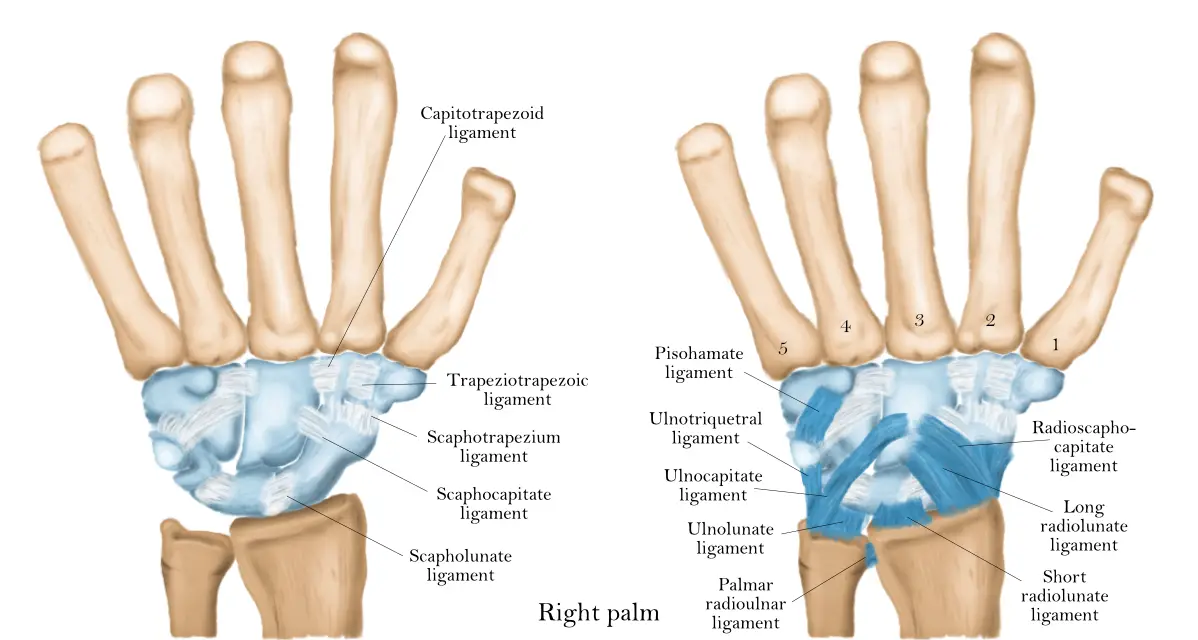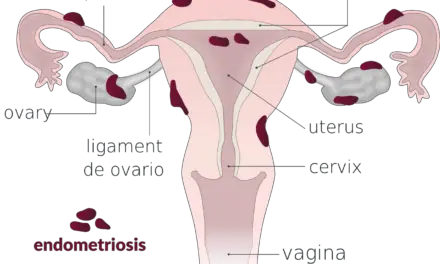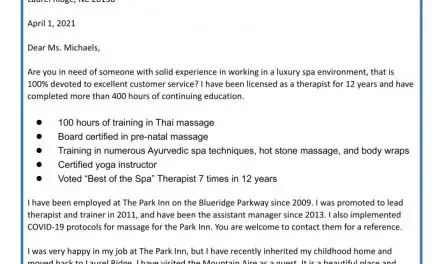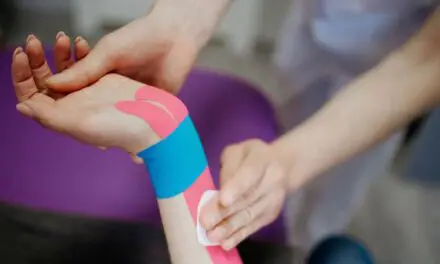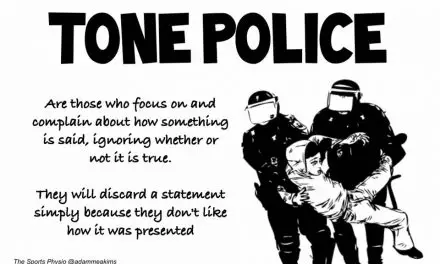The wrist is a complex yet delicate joint, consisting of 20 joints that are connected by tendons, ligaments and bones with varying degrees of stability and range of motion. Sprains to the wrists, ankles, and knees are some of the most common sports injuries, occurring in thousands of athletes each year.
Wrist sprains alone make up nearly 15% of the 4,851 cases of hand injuries between 2004 to 2015 among national collegiate athletes in the U.S., according to a 2023 study.
While these injuries may seem minor, it’s important to differentiate between a sprain and a fracture (break) as they require different treatments. A sprain occurs when the ligaments are overstretched or torn, while a fracture involves the breaking of bones.
Keep in mind that sprains and strains refer to two different types of injuries: a strain refers to an injury in the muscle, while a sprain is an injury to the ligaments.
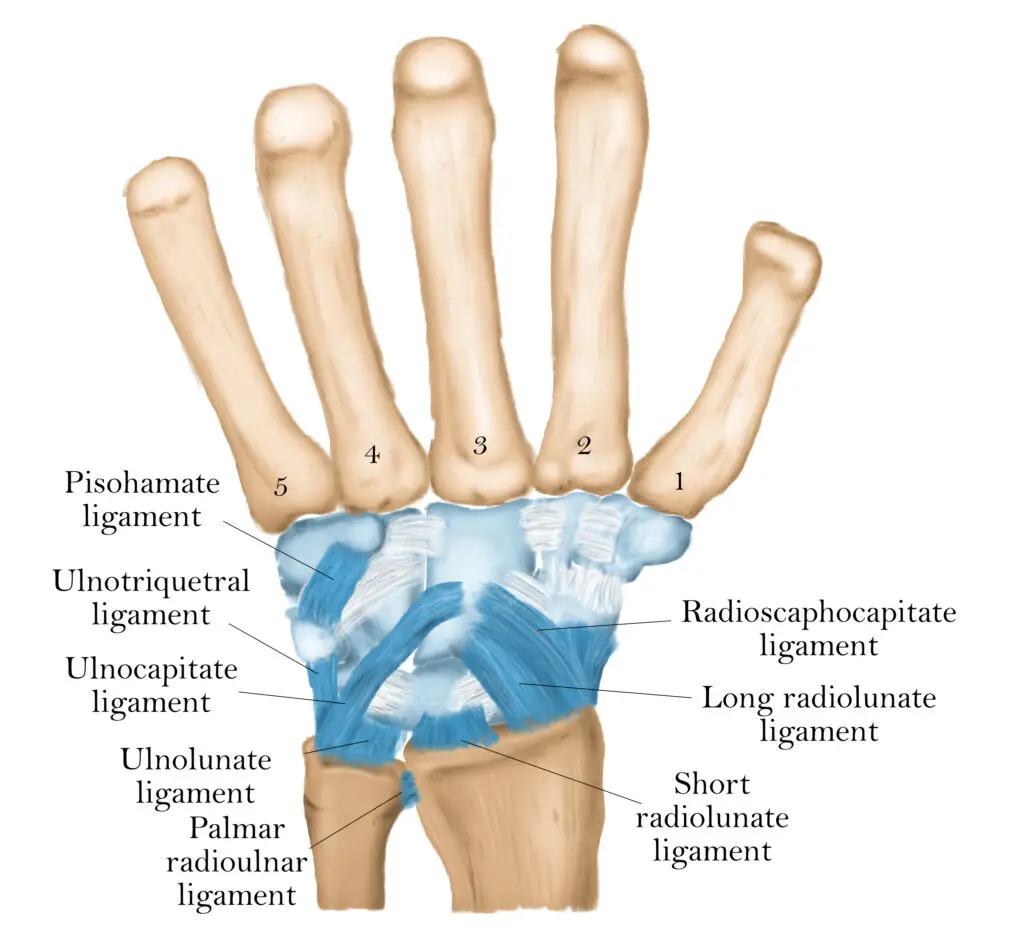
Superficial wrist ligaments. (Image by Nick Ng)
What ligaments are in the wrist?
In the general population, there is rarely a day that will go by without significant use of the wrist. The wrist is composed of multiple bones, cartilage, muscles, and several ligaments that link the bones in the forearm and hand. These ligaments keep the joints stable so you can have full range of motion.
There are eight main ligaments that make up the wrist, each with a specific job:
- the ulnar collateral ligament
- radial collateral ligament
- anterior radioulnar ligament (ARUJ)
- posterior radioulnar ligament (PRUJ)
- midcarpal ligaments
- anterior ulnocarpal ligament,
- interosseous and palmar radiocarpal ligaments
All ligaments can be weakened over time due to normal wear and tear, as well as trauma from a sudden strain or sprain.
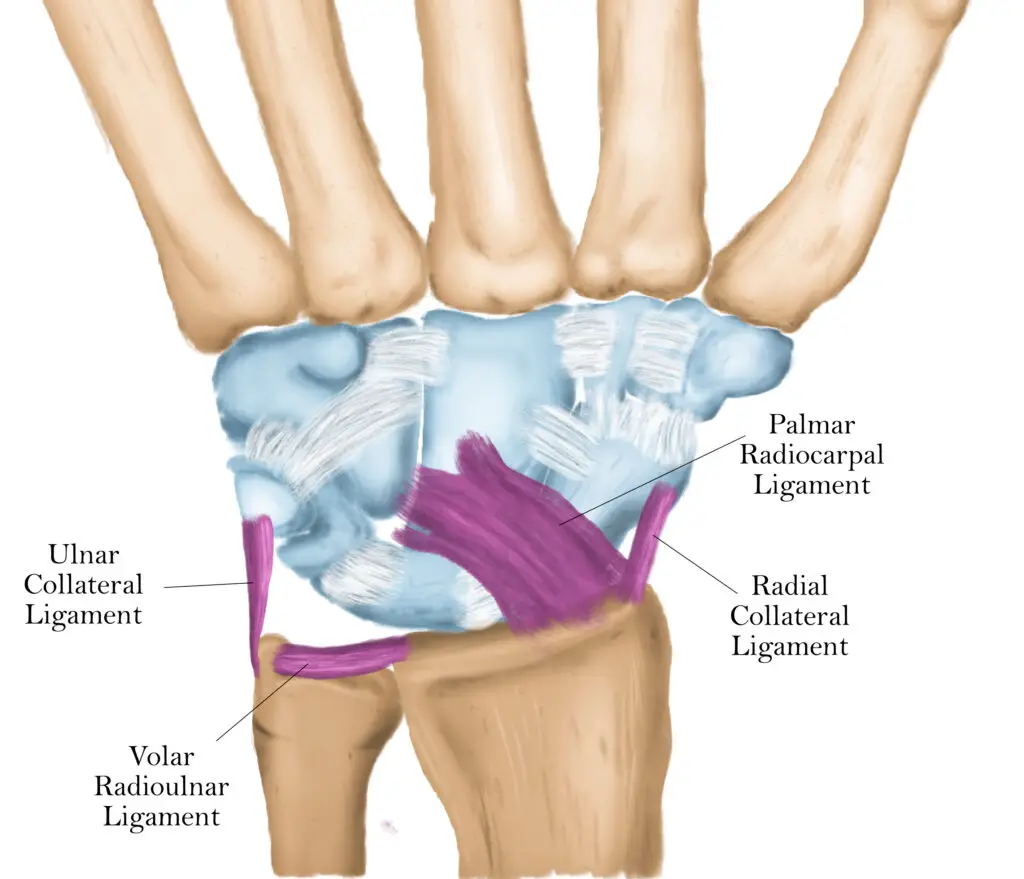
The ulnar collateral ligament is one of the biggest and most important ligaments in the wrist, connecting the forearm to the hand. It stabilizes movement between the two bones and allows for full use of your fingers without pain or injury.
The radial collateral ligament is the second largest ligament in the wrist. It connects the radius bone of the forearm to the thumb side of the hand. This ligament controls movement between those two bones, providing stability and coordination for your movements, such as writing and typing.
The volar radioulnar ligament (or palmar or anterior radioulnar ligament) connects the radius bone of the forearm to the ulna bone of the hand. It’s responsible for stabilizing movement between these two bones, as well as providing additional strength and coordination when writing or typing.
The dorsal radioulnar ligament (or posterior radioulnar ligament) also connects the radius bone of the forearm to the ulna bone of the hand. This ligament allows for more complex movements, such as twisting and bending, while providing additional strength and stability to the wrist joint.
The midcarpal ligaments connect several of the bones in your hand together, providing further stability and strength to the joints.
The interosseous and palmar radiocarpal ligaments provide additional stability and strength for the wrist joint.
How can I tell if I have a torn wrist ligament?
If you look down at your wrist and see that it’s swollen, bruised, and tender to the touch, you know it’s clearly been through some trauma, but how can you tell what structure of the wrist is injured? Are you dealing with a sprain or a fracture?
A sprain is an injury that occurs when one or more ligaments are stretched beyond their normal range of motion, usually due to overextension or trauma. This kind of injury can cause pain, swelling, tenderness, and bruising around the affected joint.
You may also experience pain when moving your wrist or have difficulty using your hand normally. If you think you may have a sprained wrist, see a doctor for diagnosis and treatment.
A fracture, however, is when one or more bones in the wrist are broken due to excessive force. This kind of injury usually causes intense pain, swelling, bruising, and deformity at the site of the fracture. Seek medical help if you suspect either of these injuries.
An X-ray is typically used to confirm a fracture, while an MRI or CT scan can be used to diagnose a sprain. Treatment for both sprains and fractures usually involves rest, splinting, or immobilization of the affected joint, as well as physical therapy, but surgery may also be necessary in severe cases.
Applying compression to reduce swelling and taking anti-inflammatory medications or ibuprofen can help with discomfort up the healing process.
Can a torn wrist ligament heal by itself?
A torn wrist ligament could heal by itself, but it depends on the severity and chronicity of the injury. Generally, minor sprains can take three to six weeks to heal, while more severe injuries—like a torn ligament—may take several months before full function is restored. In such serious cases, surgery would likely be a primary option to restore function of the wrist.
Some scientific evidence suggests that wrist ligaments and tendons can heal by themselves if given the right conditions, such as exercise (particularly weight-bearing types), rest, and time for adaptation. Researchers from the University of Pittsburgh pointed out that mechanical stimulation in rodent models may help reduce fibrosis and improve tendon healing when stem cells are injected to the injured site.
Despite the advances in regenerative medicine since the 1990s, “translation of basic research into clinical therapies has been frustratingly slow,” they wrote.
Proponents of this field of research suggest that the focus should be on enhancing the natural mechanisms of healing and tissue remodeling, such as ultrasound, pulsed electromagnetic fields, and shockwave therapy. While most of these research are based on tendons, the same principles can be applied to ligaments, depending on the patient’s condition.

Lindsay Jones, LMT
Lindsay is a licensed massage therapist and a mother of three, who specializes in rehabilitation with emphasis on prenatal and postnatal care.
After graduating from the National Holistic Institute in San Jose, Calif., she went on to study how pain affects the body and how it can be alleviated during the constant changes of pregnancy and early motherhood.
In her free time, Lindsay has a deep love of all forms of art from storytelling and music to sewing and painting.

